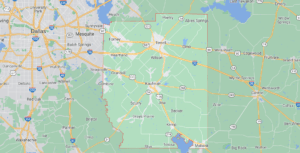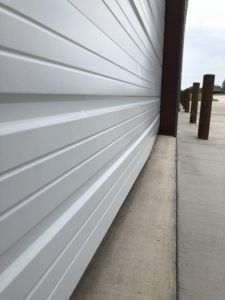What Are Garage Door Springs?
Garage door springs are long metal coils that either tightly wind together or extend to lift and lower your overhead door. Along with your cables, springs create a counterbalance system to maintain your garage door’s weight. They are a key part of your overhead door’s reliable and safe function because, without working springs, your garage door won’t open.
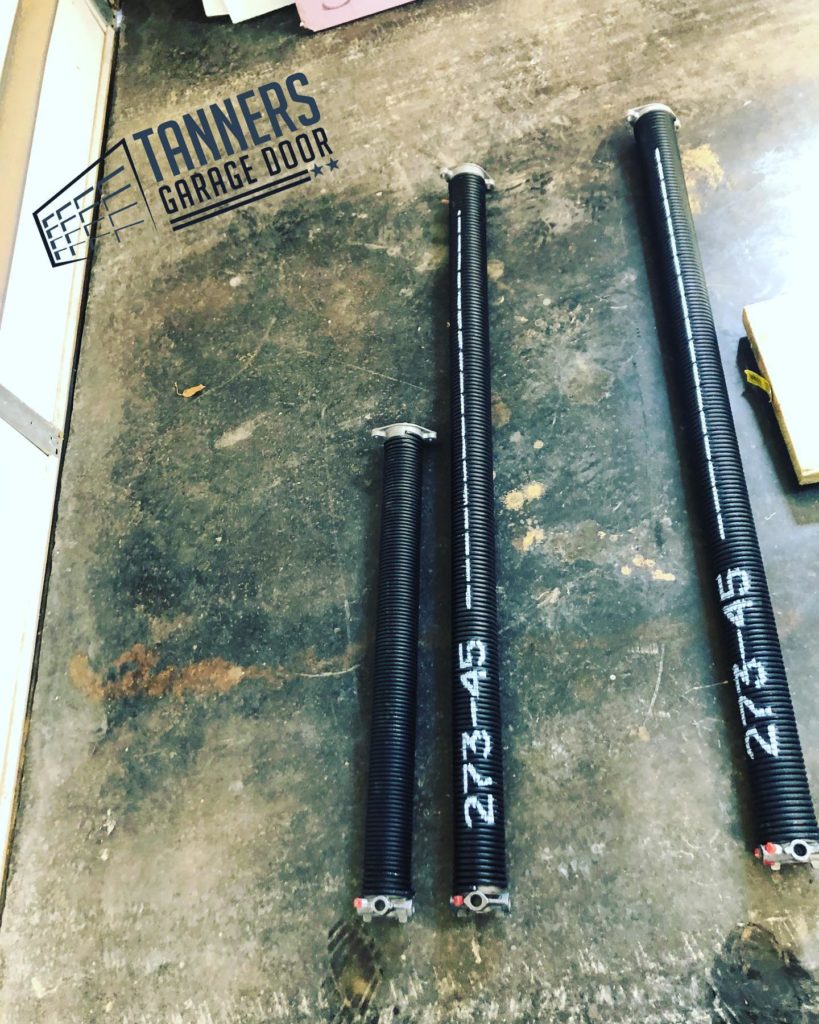
Types of Garage Door Springs
There are two main types of garage door springs — torsion and extension. Knowing which spring type is in your home will make it easier to identify issues and schedule repair or replacement in the event of an emergency. Although you might not immediately know the difference between torsion and extension springs, we have the information below to set you on the right track. The key differences between torsion and extension springs involve their appearance, location, and performance.
Torsion Springs
Torsion springs are located above your garage door, running horizontally. Depending on the size of your garage door, you may have one or two torsion springs. Garage door torsion springs operate using torque, which is a twisting, rotational force. As your door opens, the spring unwinds in a twisting motion. As your door closes, the spring winds to force the door downward. Many homeowners choose torsion springs because they are rated for 15,000 cycles of opening and closing your garage door, meaning a much longer lifespan than extension springs.
Extension Springs
Where torsion springs are installed above the garage door, extension springs run vertically on either side of the door. Attached to the garage door cables, extension springs retract as the door opens and extend as the door closes. As we said earlier, torsion springs are a more popular choice because extension springs have a shorter lifespan and tend to require more maintenance.

How To Tell If You Have a Broken Garage Door Spring
Your Garage Door Won’t Open or Only Opens Halfway
If your garage door won’t open or only opens partially, you most likely have a broken garage door spring. Without an intact spring, your cables and opener can’t maintain the door’s weight. In the case of a damaged or broken spring, your door won’t open to prevent the opener from burning out or the door from falling back down suddenly.
Your Garage Door Opens at an Angle
If you have extension springs and one of them breaks, it will cause your garage door to open at an angle. This is also the case if you have a broken garage door cable. Either way, you should leave the door as it is and call for garage door repair.
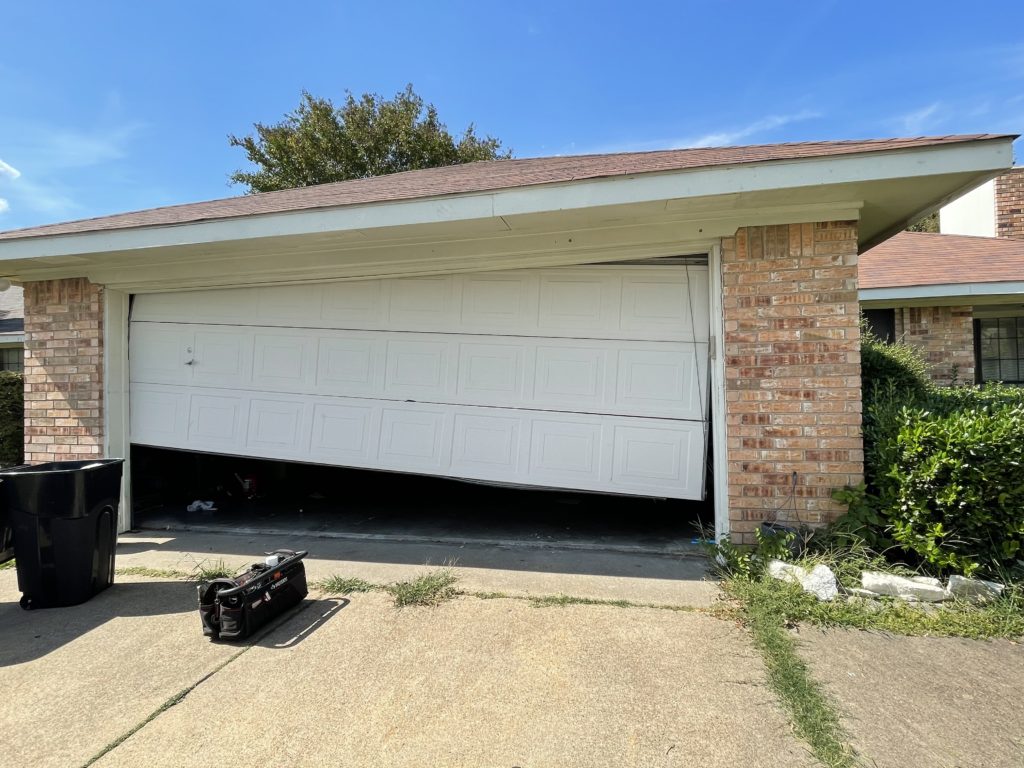
You Hear a Loud Snapping Noise from Your Garage
Because garage door springs hold a high amount of tension to maintain the weight of your door, they are prone to snapping suddenly when they reach the end of their lifespan. When this happens, you may hear a loud snapping or banging noise as your spring breaks.
Your Garage Door Spring Has a Gap in the Coils
In the case of broken torsion springs, you will notice a two to four inch gap between the coils of the spring as the two sides separate from each other. If you notice a break in your spring, call quickly for a garage door spring replacement.
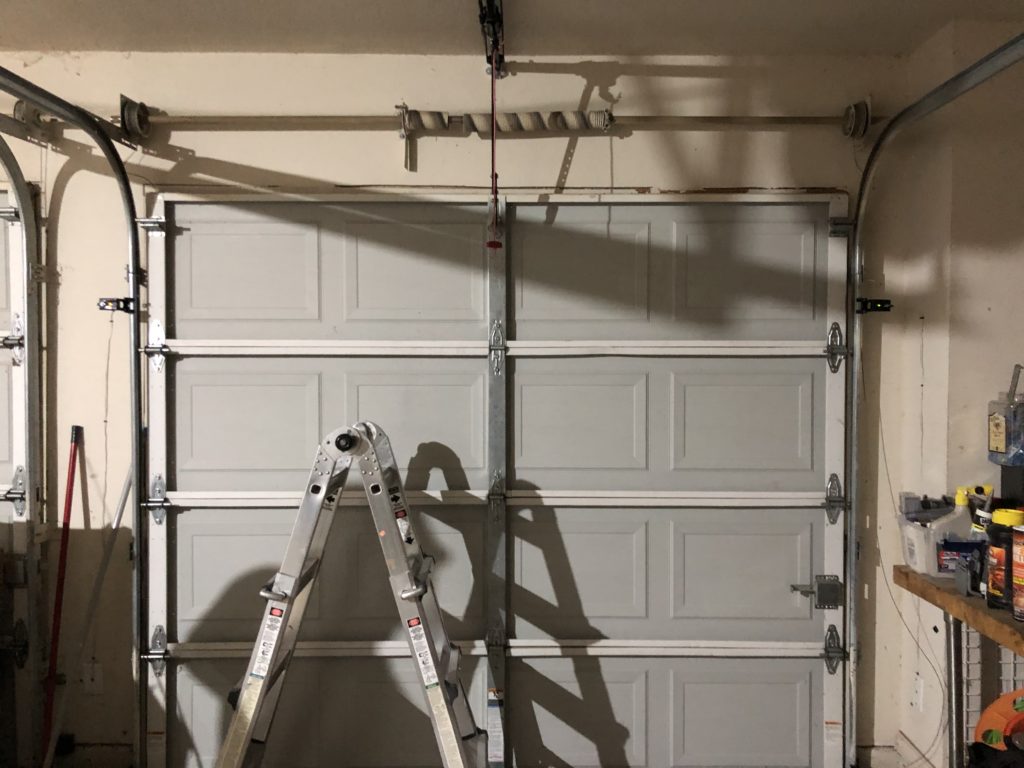
Ask Us Your Questions About Garage Door Springs!
Do you have more questions about garage door springs, how they work, and where you can schedule a repair? Contact Tanners Garage Door! Based in Forney, TX, our local garage door company has served the community since 2006. We’ve seen it all when it comes to broken garage door springs, so we’re here to help with efficient, expert garage door spring repairs.







